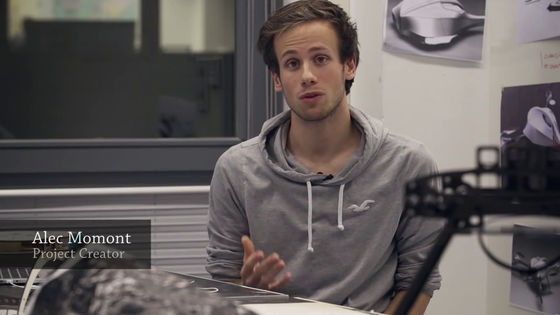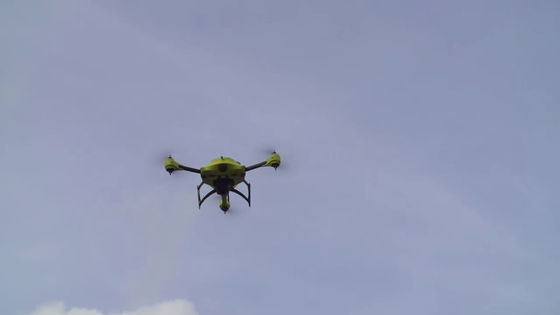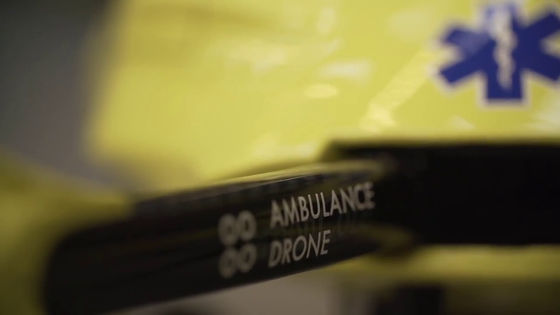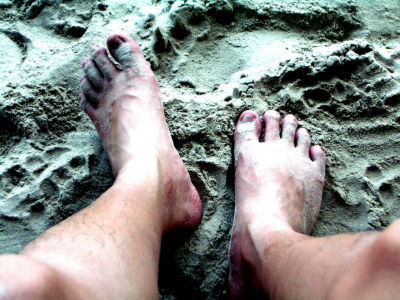"First-aid drone" that you can ride to the patient in one minute and give instructions for AED

When a sudden illness occurs, it is necessary to request an ambulance as soon as possible, but it is difficult to arrive at an ambulance on a highway that is originally stranded or stuck in an accident. Even in such a situation, the drones with AED rushed out of the sky in less than one minute from the phone and the emergency crews properly instruct through the drone camera "Ambulance Drone (First aid drone)"is.
TU Delft - Ambulance Drone - YouTube
My phone is calling somewhere on my smartphone.

"This is an emergency. What did you do?"

"My father probably fell down with a heart attack! Please, please help me."

"Calm down, I've identified your whereabouts and I will skip the emergency drone right now."

"As we arrive soon, please be sure to take off your clothes," an emergency male will give instructions.

Drone heading to the place with a groan like F1 in 25 seconds from the telephone.

An emergency man who asks "Do you want to get to the exit?"

A woman at the exit found a drone. How far this far, I have not even been there for a minute.

"Please do not disconnect your phone, please bring the drone to the patient" and switch to the drones voice call instruction. If this is the case, both hands will be free so the response to the emergency should be smooth.

The lady lifts the drone and the woman rushes to the father.

The situation is confirmed by the emergency room crew member from the drone.

As I told you to "Pull on the green knob" and pulled out, a thin pad came out.

"Please put two pads on your chest and leave when you are ready"

Started treatment with AED starting at 1 min 58 sec 919.

Immediately, the father's men's consciousness came back.

Parents who rejoice in survival. It got a lifetime through nine deaths due to the quick response of Drone.

Alex Mommon of the AED drone development team.

We are aiming for practical application of emergency drones that can quickly rush to remote places such as ambulances where immediate arrival will not be possible.

The prototype currently under development can fly 100 km per hour. "We can raise the survival rate from 8% to 80% by quick response of emergency drones," Aleks says.

Mr. Momon is aiming for practical application of emergency drones that can be quickly driven to places where ambulances such as remote areas can not arrive at once.

We are developing a compact and quick drone that can withstand practical use, and carbon fiber is used for the frame.

In Japan, the place to install AED is increasing, but it is not everywhere. If the emergency drones that the expert instructs through the camera and the microphone are put into practical use, it seems that we can help many lives that we could not save until now. In the future it will become a flying toolbox that can respond to rescue of water accident · diabetes · respiratory diseases etc by changing equipment.
Related Posts:







